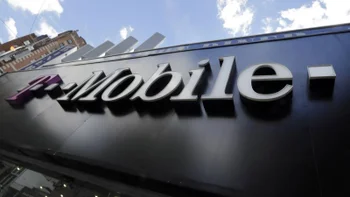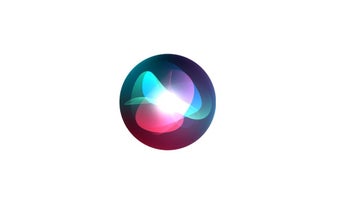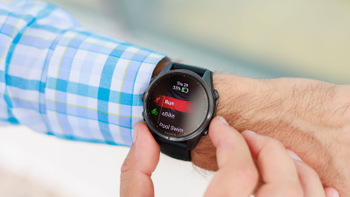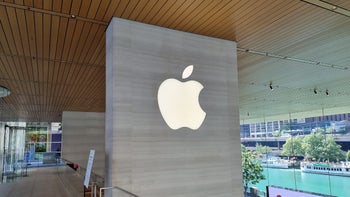Apple and Google's coronavirus-tracing technology is ready

The first version of Apple and Google's COVID-tracing software is now available. It will be used to alert people who might have been exposed to a COVID-19 patient.
It uses contact tracing, which is something health authorities use to trace people who may have been exposed to an infected person. By identifying infected people and quarantining them, governments try to contain infections. Since we have technology at our disposal now, governments no longer have to rely on the memory of people for this process.
And this is where Apple and Google come in. They want to augment manual contact tracing and help slow down the spread of the coronavirus. Their tech could especially be helpful for identifying asymptomatic patients who are interacting with other people, unbeknownst to the fact that they have caught the virus.
The keys cannot be traced back to individual users and the system is decentralized.
Apple and Google will not develop contact tracing apps
Apple and Google's exposure notification technology is now available to health authorities so they can build apps easily. iOS and Android are getting updated for compatibility with these apps.
Numerous US states and 22 countries have shown interest in the tools. The two tech giants have not used GPS to protect the privacy of people and some governments think that this could undermine the purpose of the contact tracing process.
The success of the tech will largely be dependent on user adoption and both companies believe that the privacy protection measures they have put in place will encourage the use of contact tracing apps.
North Dakota, Alabama, and South Carolina in the US, and Germany are already in and will use Apple and Google's tech to make apps. France and the UK, on the other hand, aren't too keen on using the API.
The tech will be disabled once the pandemic is over. For now, it's far from over.
Follow us on Google News











Things that are NOT allowed:
To help keep our community safe and free from spam, we apply temporary limits to newly created accounts: